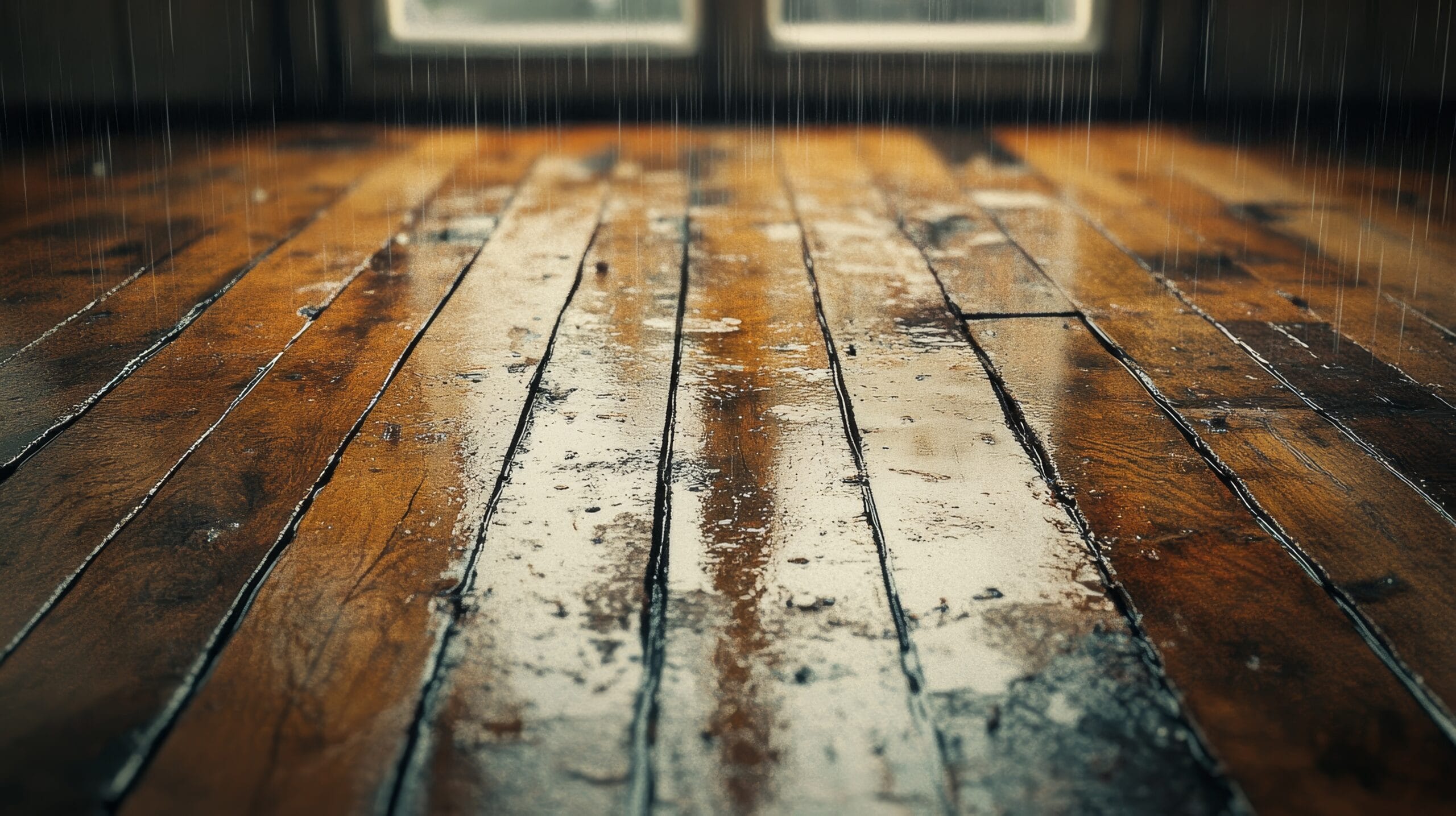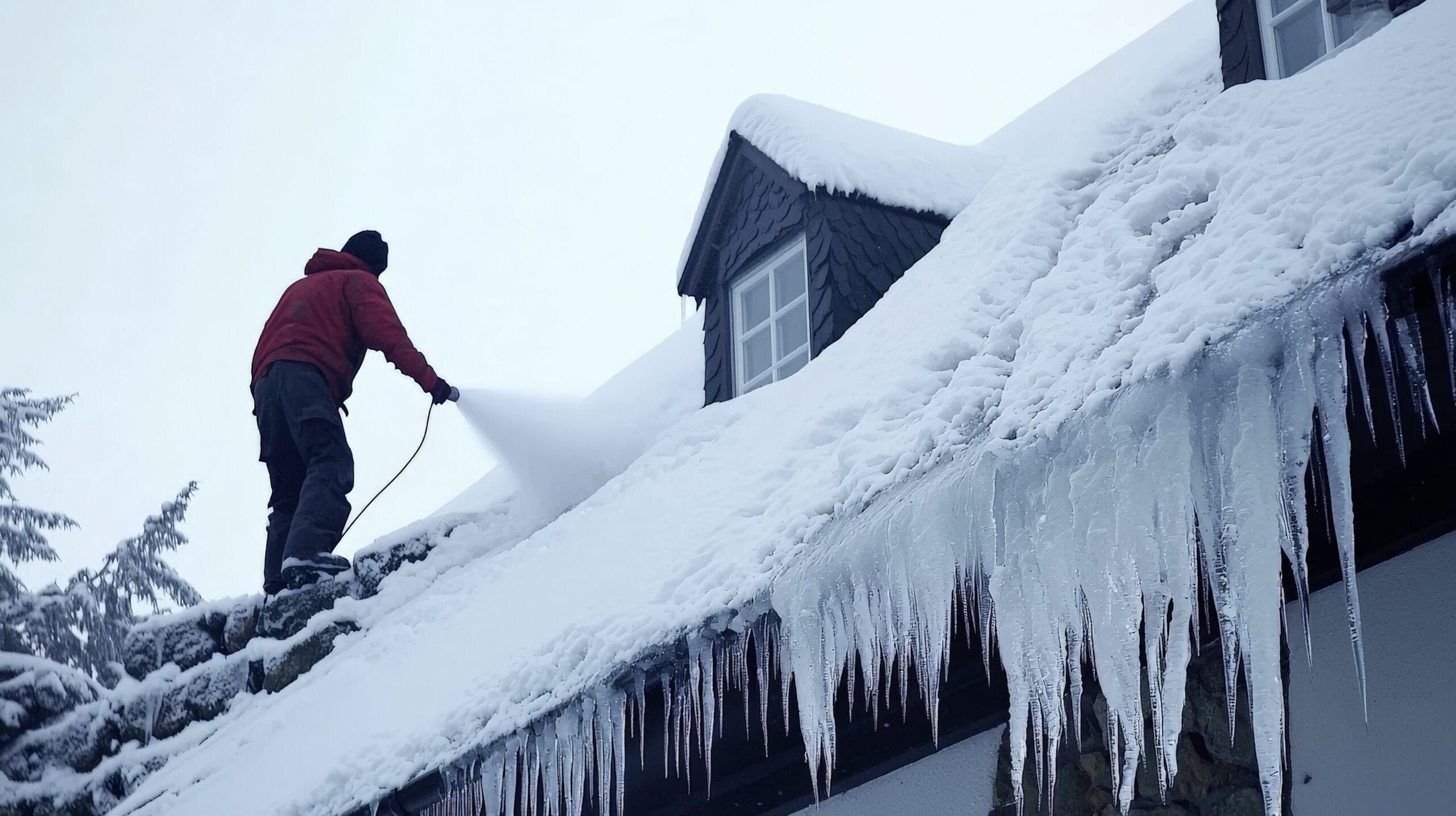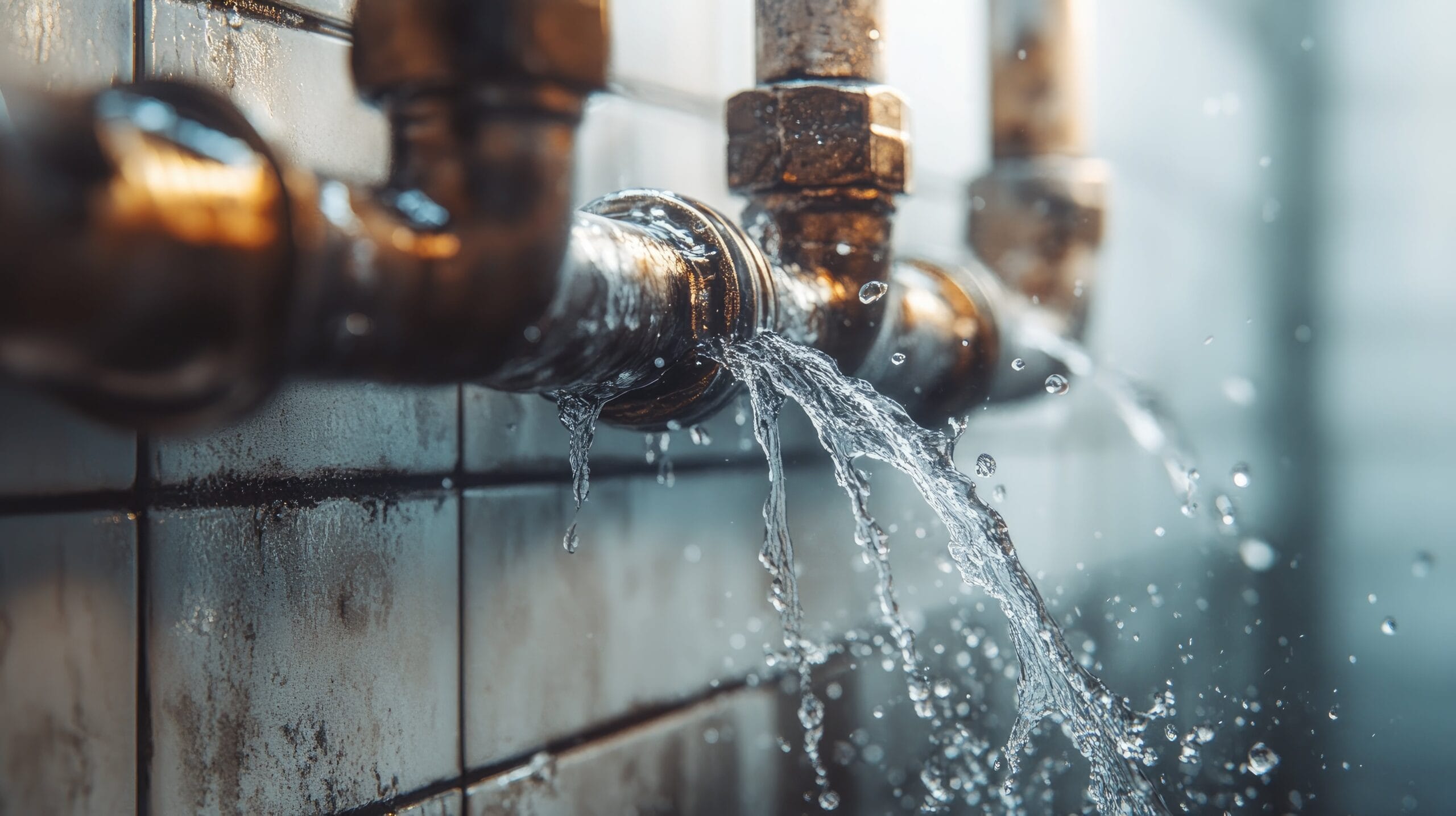Water damage on wood is a common problem for homeowners, whether it’s from a leaky pipe, flooding, or high humidity. Water damage can lead to warping, mold growth, and structural issues if left untreated. Understanding how to fix water damage on wood and restore its original condition can save both time and money. Here’s a step-by-step guide to help you restore water damaged wood and protect it from future issues.
Identifying the Extent of Water Damage
Before beginning restoration, assess the severity of the damage. There are two main types of water damage on wood:
- Surface-level damage: This includes discoloration, minor swelling, or light staining.
- Deeper structural damage: Signs include warping, extensive swelling, mold growth, or soft spots in the wood.
Look for warning signs such as cracks, peeling paint, or a musty odor. If the damage is severe, with deep mold infiltration or structural weakening, it’s best to call a professional restoration service like Certified Disaster Services.
Gather the Right Tools and Materials
For a DIY restoration project, you’ll need the following supplies:
- Medium to fine-grit sandpaper
- Wood filler or epoxy
- Bleach or a mold treatment solution
- Fans or dehumidifiers
- Paint or wood stain
- Protective sealant
- Soft cloths, brushes, and general cleaning supplies
Dry Out the Wood Thoroughly
The first and most crucial step in restoring water damaged wood is to ensure it is completely dry. Follow these steps:
- Improve ventilation – Open windows and doors to promote airflow.
- Use fans and dehumidifiers – Position them near the affected wood to speed up drying.
- Avoid direct heat – Do not use hair dryers or heaters, as they can cause further warping.
- Be patient – Drying can take several days, depending on the extent of the damage

Clean the Wood Surface
Once the wood is dry, it’s time to clean it properly:
- For light stains and dirt: Use a mild soap and water solution to wipe down the surface.
- For mold or mildew: Mix one part bleach with three parts water and scrub the area with a soft brush or cloth. Let it sit for 10-15 minutes, then wipe clean.
- Rinse and dry thoroughly to prevent additional moisture damage.
Repair and Sand the Damaged Areas
Once the wood is clean and dry, you may notice imperfections like cracks, warping, or discoloration. Follow these steps to fix the damage:
- Fill cracks and holes – Use wood filler or epoxy to repair any gaps.
- Sand the surface – Using medium to fine-grit sandpaper, smooth out rough spots and remove water stains.
- Wipe away dust before moving on to the next step.
Restore the Finish
After sanding, restore the wood’s appearance by refinishing it:
- Re-stain or paint the wood to match its original look or try a fresh color.
- Apply a protective sealant to prevent future water damage and prolong the wood’s lifespan.
Prevent Future Water Damage
To keep wood in good condition, follow these preventive measures:
- Use waterproof sealants on furniture and floors.
- Quickly address spills and leaks to prevent moisture buildup.
- Control indoor humidity using a dehumidifier, especially in damp areas.
- Use coasters, mats, or covers to protect wood furniture from liquid exposure.
Call in Professionals – Work with Certified Disaster Services
If the damage is extensive, it’s best to consult experts. Certified Disaster Services has the knowledge, tools, and experience to handle severe water damage, especially when:
- The wood is structurally compromised.
- Mold growth is present.
- The damage covers large areas of flooring, walls, or furniture.
Our team specializes in professional restoration, ensuring your wood surfaces are safely and effectively repaired. Contact Certified Disaster Services today for expert assistance in restoring water damaged wood and protecting your home from future issues.





